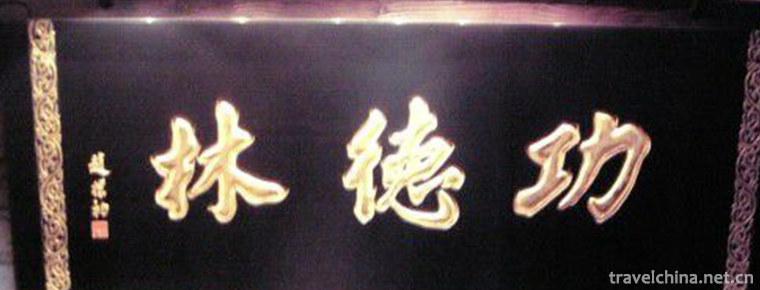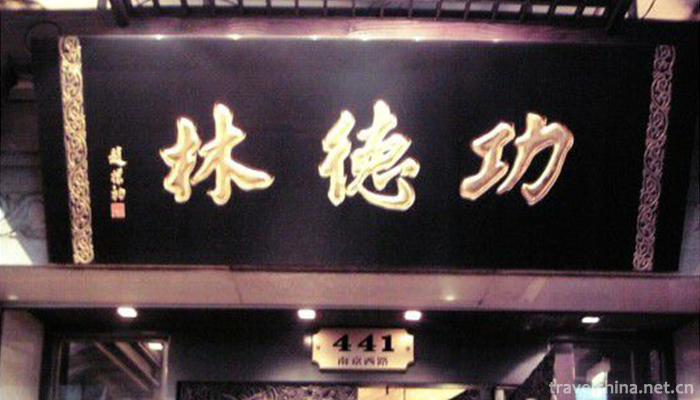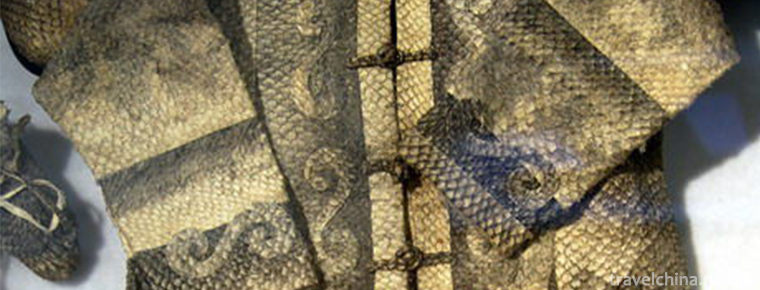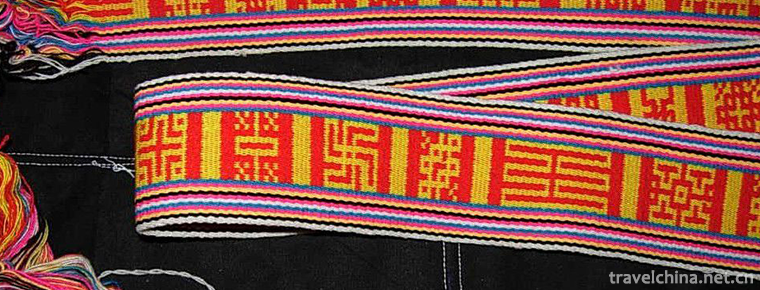2019-05-03

- By ChinaWiki.net
- Chinese Edition
- 2019-06-17
Vegetarian production skills
Declaration Area or Unit: Shanghai Gongdelin Vegetarian Food Co., Ltd.
Gongdelin vegetarian food originated in temples. During Tongzhi period of Qing Dynasty, Temple vegetarian food gradually entered society. In 1922, the disciples of Wikipedia, a Buddhist monk at Changjing Temple in Chenghuangshan, Hangzhou, set up a vegetable restaurant at the Guizhou intersection of Beijing Road, Shanghai, for the purpose of "promoting Buddhism, advocating vegetarian diet and liberating life". With tofu, mushroom and vegetables as raw materials, vegetarian meat is cooked, that is to say, "fish" and "meat" dishes with vivid shape are cooked by hand. Because of its excellent production, unique taste, customers and thriving business. At the time of its founding, Gongdelin's shop was only 300 square meters in area. In 1927, it moved to No. 43 Huanghe Road and expanded to 1,000 square meters. It was divided into three floors: snack restaurant on the first floor, box on the second floor and Buddhist hall on the third floor. At this time, Gongdelin began to recruit vegetarian chefs from temples all over the country. Business is booming. He has won praise from Shanghai residents for his unique vegetarian handicraft and cooking methods.
Gongdelin has famous vegetarian dishes such as Butter Crab meal, fried eel silk, sliced fish with grains, yellow croaker with sweet and sour sauce, spiced tender chicken, crucian carp and winter bamboo shoots. These vegetable dishes are exquisite in material selection, exquisite in production, lifelike in shape, various in color, meat-like in taste and various in cooking methods. Each dish is elaborate and has the dual functions of food and art appreciation. Customers can enjoy it while tasting it.
In 1997, due to the urban transformation of Shanghai, Gongdelin moved to Nanjing West Road. Its vegetarian production continued to develop and innovate, and still attracted many consumers with its distinct characteristics.

Ask a Question
Your email address will not be published.



0 Questions